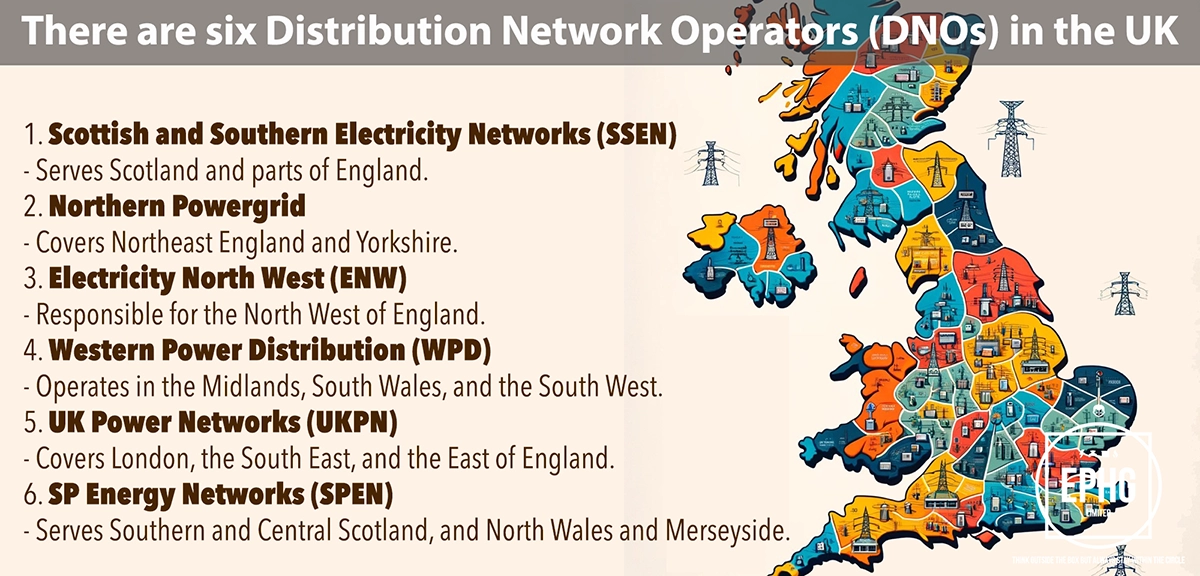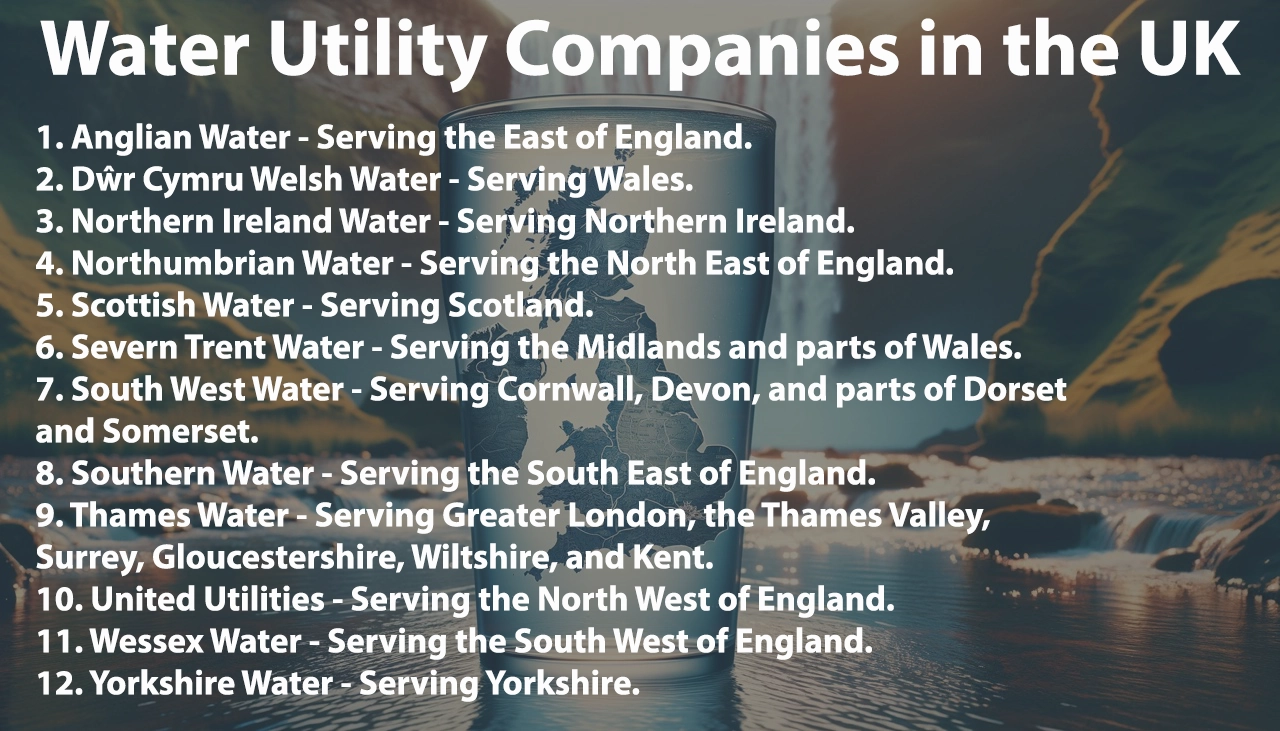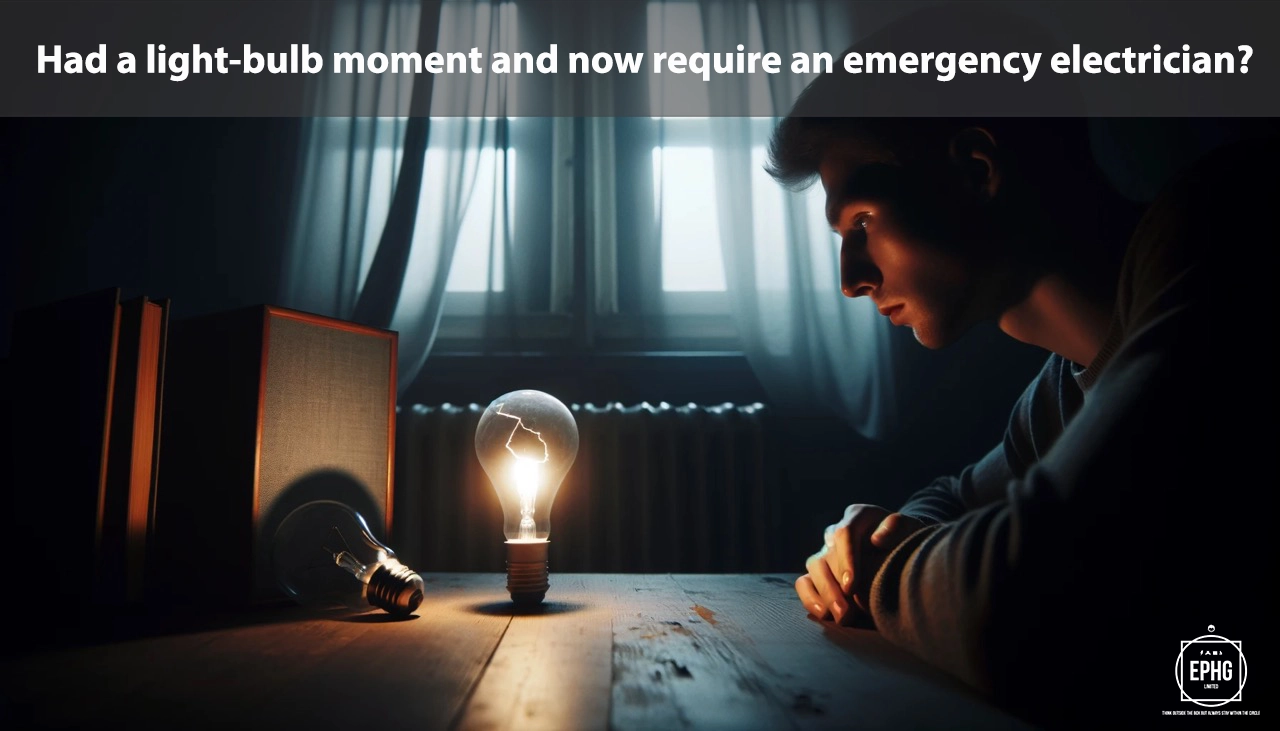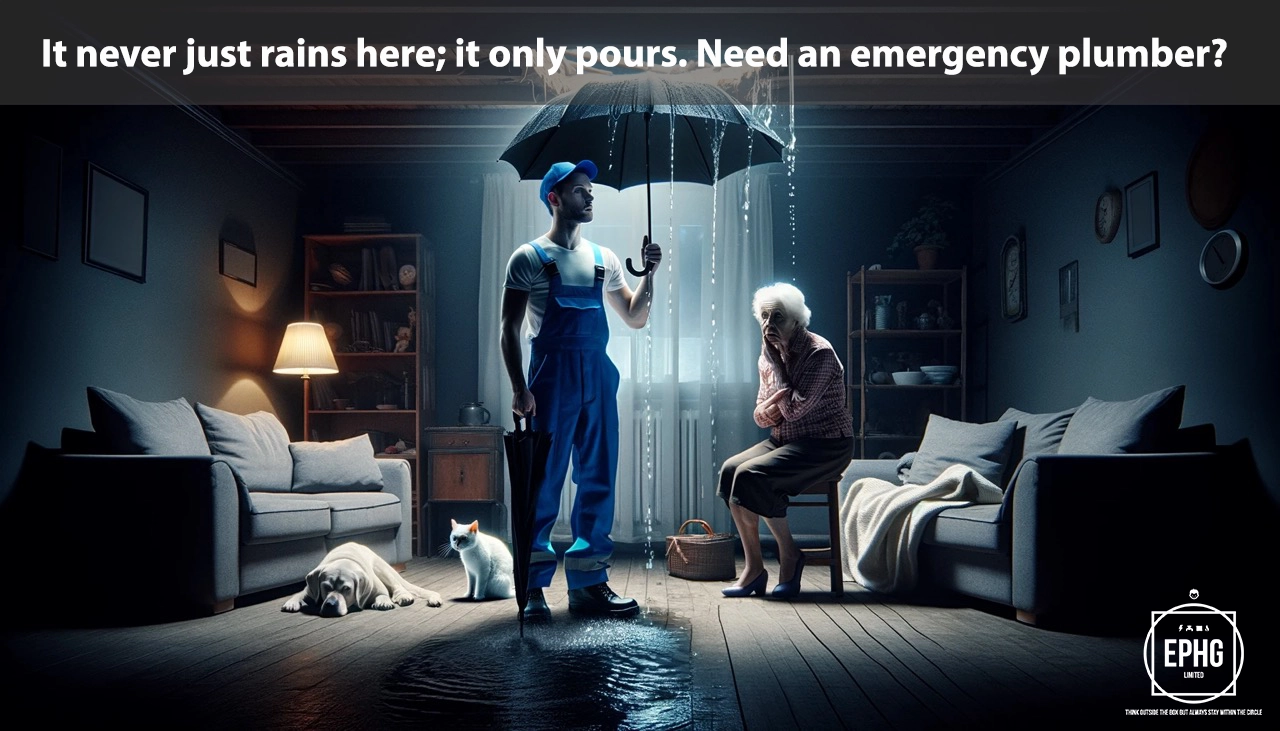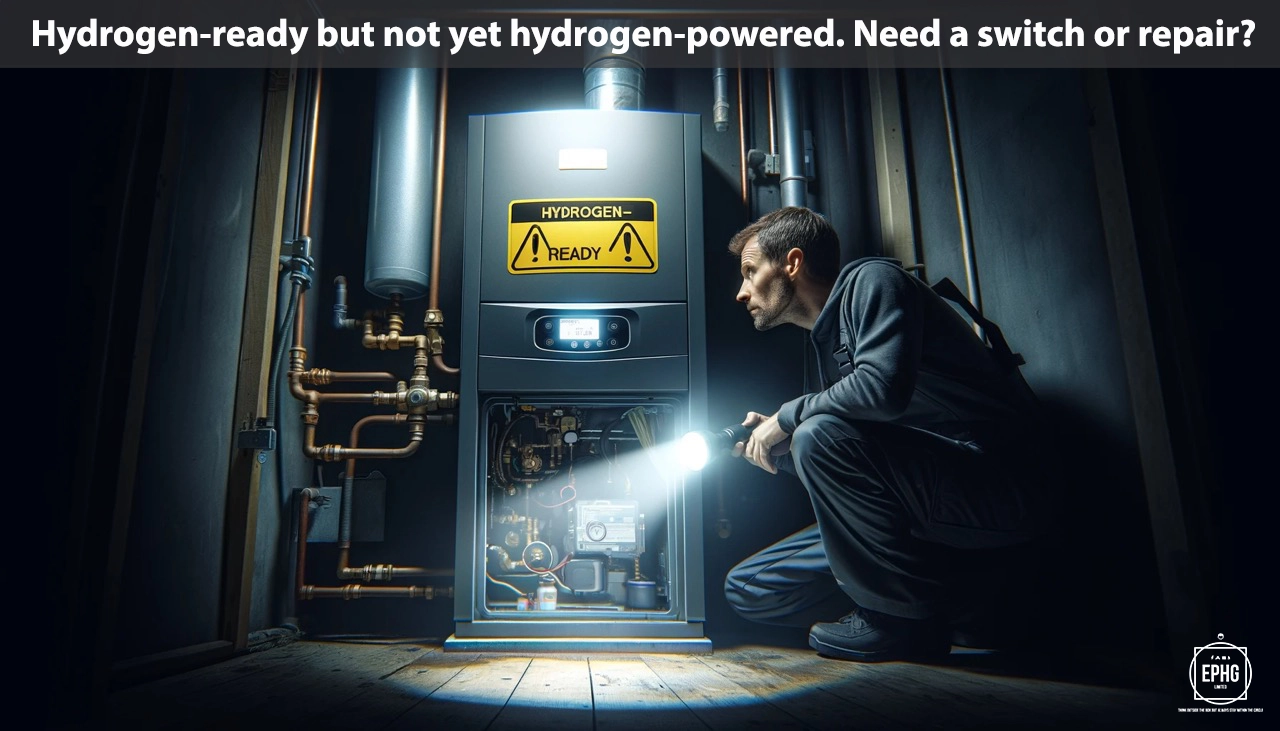
SN Postcodes for Utilities & Services
Introduction: The SN postcode area, covering Swindon and its surrounding regions, provides essential information on the utilities and services available to the community. Here, we delve into aspects of water and electricity provision, among other critical details for residents.
Water in Swindon
Where does the water supply come from in the SN postcode area and is there ever a shortage of water?
In the SN postcode area, particularly around Swindon, the primary water supply sources include the River Ray and the River Thames. These rivers play a significant role in the local water provision, with several treatment plants ensuring the water meets safety and quality standards before distribution. Despite the SN area's generally reliable water supply, it faces challenges similar to other regions, such as climate change impacts, increasing demands from a growing population, and occasional periods of reduced rainfall. Local water authorities actively monitor water levels and quality, enforcing conservation measures when necessary. The water infrastructure is robust, designed to manage the variations in demand and supply efficiently. Nonetheless, residents are encouraged to conserve water to ensure its ongoing availability for all.
What is the hardness & quality of the water in the SN postcode area and can this affect your health?
The water in the SN postcode area is typically hard, primarily because it travels through limestone and chalk areas before reaching taps. Hard water contains higher levels of calcium and magnesium, which can lead to scale buildup in pipes and make soaps less effective. However, the water is subject to strict testing regimes to ensure it meets the necessary safety and quality standards, thus it remains safe for consumption. While hard water is not generally harmful to health and can contribute to dietary mineral intake, some individuals may prefer the taste or feel of softer water. Authorities in the SN area continue to focus on providing high-quality water and addressing any concerns residents may have regarding water safety or quality.
Electricity in Swindon
Where does the electric supply come from in the SN postcode area and what is the future of energy there?
The electricity supply in the SN postcode area, predominantly covering Swindon and surrounding locales, is primarily derived from the national grid, featuring a blend of conventional energy sources and a growing contribution from renewable sources. The area has seen an increase in solar energy projects and is exploring wind energy potentials. The future of energy in Swindon is aimed towards sustainability and innovation, with plans to expand renewable energy usage and improve energy efficiency across residential, commercial, and industrial sectors. There is a strong commitment to reducing carbon emissions, with investments in green technologies and community energy schemes to foster a cleaner, more sustainable energy landscape.
When is hydrogen coming to gas boilers in the SN postcode area?
The introduction of hydrogen to heating systems in the SN postcode area is in line with the UK's broader environmental objectives. Although there is no set timeline, the transition is expected to commence with pilot schemes followed by wider implementation. This initiative is part of the effort to decarbonize heating by switching from natural gas to hydrogen, which emits no carbon when burned. Residents should maintain their existing boilers while staying informed about upcoming changes and advancements in heating technology. Local authorities and energy providers will guide the community through the transition, offering support and information for adopting greener heating solutions.
Where Does the Wastewater Go in the SN postcode area?
In the SN postcode area, wastewater is systematically collected and processed to protect public health and the environment. The region's wastewater undergoes extensive treatment at local facilities to remove contaminants before it is released back into the natural environment. Typically, treated water is discharged into local rivers, such as the River Avon, ensuring it meets or exceeds environmental standards. This rigorous treatment process is part of the area's commitment to sustainable water management and environmental protection, reflecting ongoing efforts to maintain cleanliness and ecological balance.
Regions and Services:
The SN postcode area spans a mix of urban and rural landscapes, offering a broad spectrum of utilities and services to its inhabitants. Key regions include:
- Swindon: The central hub of the area, leading in urban utilities development, featuring comprehensive electrical and gas infrastructure alongside growing renewable energy efforts.
- Chippenham, Marlborough, and Devizes: Historic towns that blend traditional services with modern amenities, reflecting their rich cultural backgrounds and ongoing development.
- Wootton Bassett, Calne, and Corsham: Smaller towns and villages where there's an increasing focus on incorporating renewable energy solutions to supplement existing utilities.

Regions within the SN Postcode
Swindon and Surrounding Areas
- SN1: Swindon Centre, Old Town, Okus, Kingshill - Urban center with shopping, cultural sites, and historic areas.
- SN2: Stratton, Upper Stratton, Kingsdown - Residential areas with local businesses and community facilities.
- SN3: South Marston, Dorcan, Park South, Walcot East - Combining residential zones with industrial and retail parks.
- SN4: Royal Wootton Bassett, Wroughton, Chiseldon, Broad Hinton - Areas known for their community spirit and rural surroundings.
- SN5: West Swindon, Lydiard Millicent, Purton - Suburban areas with parks, shopping centers, and leisure facilities.
- SN6: Highworth, Cricklade, Shrivenham, South Marston - Mix of historic towns and villages with natural beauty.
- SN7: Faringdon, Stanford in the Vale, Uffington - Market towns and villages rich in history and countryside.
- SN8: Marlborough, Aldbourne, Avebury - Notable for prehistoric sites and areas of outstanding natural beauty.
North Wiltshire and Surrounding Regions
- SN9: Pewsey, Upavon, Enford, Rushall - Villages known for their scenic landscapes and community events.
- SN10: Devizes, Market Lavington, Rowde - Historic market towns with cultural heritage and local festivals.
- SN11: Calne, Heddington, Compton Bassett - Towns and villages combining modern living with rural charm.
- SN12: Melksham, Bowerhill, Seend, Beanacre - Residential and industrial areas with community hubs.
- SN13: Corsham, Box, Lacock - Areas known for historic buildings, film locations, and art scenes.
- SN14: Chippenham, Kington Langley, Castle Combe - Combining urban amenities with picturesque countryside.
- SN15: Chippenham, Christian Malford, Sutton Benger, Bromham - Mix of bustling town life and peaceful village settings.
- SN16: Malmesbury, Sherston, Minety, Crudwell - Historic towns and villages with rich heritage and natural landscapes.
